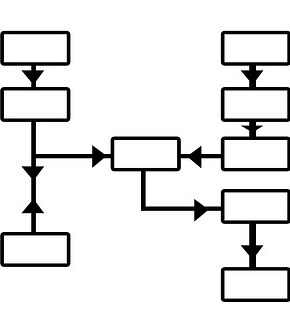As the paradigm of enterprise modelling originally envisioned, a hybridization of modelling approaches is needed in order to cover the multiple facets of a business view, its context and requirements for different types of resources - including IT services and infrastructure. The “modelling method framework” [Karagiannis/Kühn, 2002] establishes key building blocks to enable the required hybrid modelling and to increase the value of models beyond their traditional functions. As the importance of Next Generation Enterprise Modelling in the age of the Internet of Things, Industry 4.0, Industrial 3-D printing etc. increases, new modelling capabilities, semantically enriched design concepts and adapted operational functionality must satisfy evolving needs, in order to successfully manage not only the transformation in the digital enterprise stage, but also the adaptation and extension of existing services. In this context, the foundations of a „conceptual-model“-awareness approach for next generation enterprise information systems will be presented. This novel approach makes use of semantic networks to extend model-awareness towards arbitrary types of models that are developed for specialized communities aiming for domain-specificity in their modelling language, therefore favoring productivity at the expense of reusability across domains. Two categories of models are employed in this context: (1) Models of Concepts and (2) Models that use Concepts. The hereby introduced life cycle of Agile Modeling Method Engineering - AMME [PCI2015] aims to apply the principle of agility established in Software Engineering to the practice of Modelling Method Engineering. The main assumption is that a modelling method may evolve iteratively based on changing modelling requirements and feedback loops. Within the context of AMME, a full methodological approach is established by the OMiLAB (http://www.omilab.org), with a life cycle encompassing five phases: (1) create, (2) design, (3) formalize, (4), develop and (5) deploy/validate. The approach is supported, in its fast prototyping stage, by the metamodeling domain-specific language MM-DSL and the meta-modelling platform ADOxx (http://www.adoxx.org).




